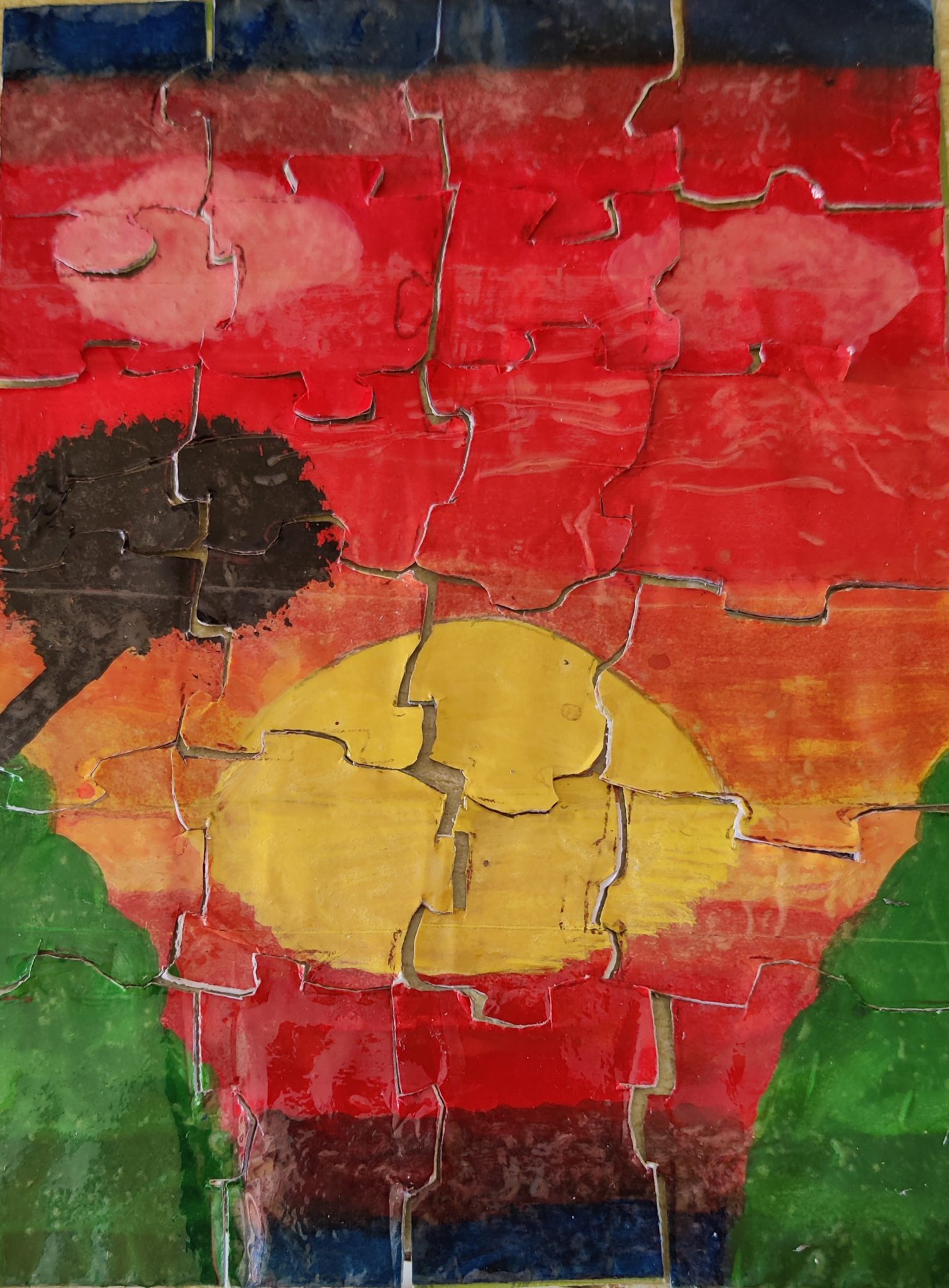real target of the Arthiya(dalal) protest – farm laws oR DBT


We have been hearing about the farmer protests for last several months. At some point of time, the protests were primetime news which has now been replaced by the surge of COVID cases. The protestors had been demanding the roll back of the three farm laws, claiming it to be anti farmer. There have been several articles written in this platform and others which have made it amply clear that the laws are not actually anti-farmer.
Then, who are ones protesting and engaging in extravagant protests where protestors were being provided with wine, massage machines, pizzas, air conditioners and all other luxuries money can buy?
Till now, the procurement of the food grains were the monopolies of Arthiya(they are a kind of middlemen/dalal). And, of the 3 laws, one of the laws abolished the monopolies of the Dalals and gave the right to procure food grains to any one just having a PAN card. And we know, it takes 150-200 rupees to get a PAN card. So the Arthiya who have long exploited the farmers were all set to lose their business.
But, it is also a fact that, the Arthiya are in business for decades. Why would then they be so scared of competition? We have seen many PSUs being privatized, many sectors (like Telecom, Aviation etc.) which were Govt. monopolies were thrown upon to private players. But there were no such big protests then. Why did the Arthiyas protest so vigorously? There must be some other reasons.
The 2nd law of the 3 farm laws allows/regulates contract farming. And the 3rd law amended the “Essential Commodities Act” which allows any person/company etc. to hoard/store food grains (unless the inflation is very high and in some other extraordinary situation). Any Arthiya would see the new farm laws as an opportunity for becoming a big contract farmer. Or (s)he can own godwns/ware houses for storing grains or start an export business. Indian food grains are in demand in many countries.
The new farm laws break status quo, provide bigger markets to Arthiyas. Then, why are they protesting? The farm ordinances were promulgated in May-June’20 timeframe. Why did the protests start in Dec’20-Jan’21
The reason is different. It’s not the farm laws at all.
In case of most other states, when farmers sell their food grains to Food Corporation of India (FCI), the money is credited to the farmers’ accounts through DBT (Direct Benefit Transfer). But Punjab was an exception. In case of Punjab, the money was transferred to the accounts of Arthiyas who used to deduct the amount of money they felt correct. The poor farmers received barely 50%-60% of MSP. Rest all went to the Arthiyas.
The Arthiyas made huge money just sitting on their chairs and having political connections(mainly with the Gandhi loyalists in Congress). And they enjoyed on tax payers’ hard earned money. This also explains why the protests were most prevalent in Punjab. The protests in Haryana and U.P. were miniscule, but the epicenter was Punjab.
The Govt. some time before the protests started contemplating to remit MSP through DBT directly to farmers’ accounts. This started the protests. The new farm laws provided a plea. Had the farm laws NOT been passed, the protestors would have taken up some other reason and protested. It is no surprise, when the Govt. asked for proposals of amending the laws, the protests leaders just spoke of repealing the laws, did not speak a word on amending any of the provisions of the laws. They all know that the laws are all set to benefit the farmers.
Unfortunately(and an irony), no mainstream media brought this to notice.
The protests are now coming down. Why? Because, the Govt has completed all formalities for directly transferring money to farmers’ accounts through BDT. Even if the protest, nothing will happen. So why waste more money on feeding the protestors?
But one thing is clear, the protests indicate the massive amount of tax payers’ money the dalal ecosystem which the Gandhi dynasty had erected used to siphon off every year.
DISCLAIMER: The author is solely responsible for the views expressed in this article. The author carries the responsibility for citing and/or licensing of images utilized within the text.
1 Comment
You must be logged in to post a comment.

Please compile all your articles and put them in a book and these books to be taught to children in schools, made into documentary, docu drama and netflix series, unless we do this we cannot win.